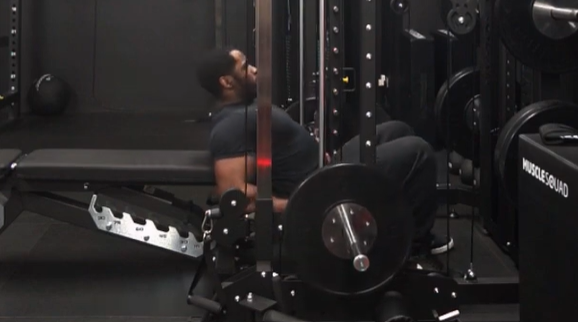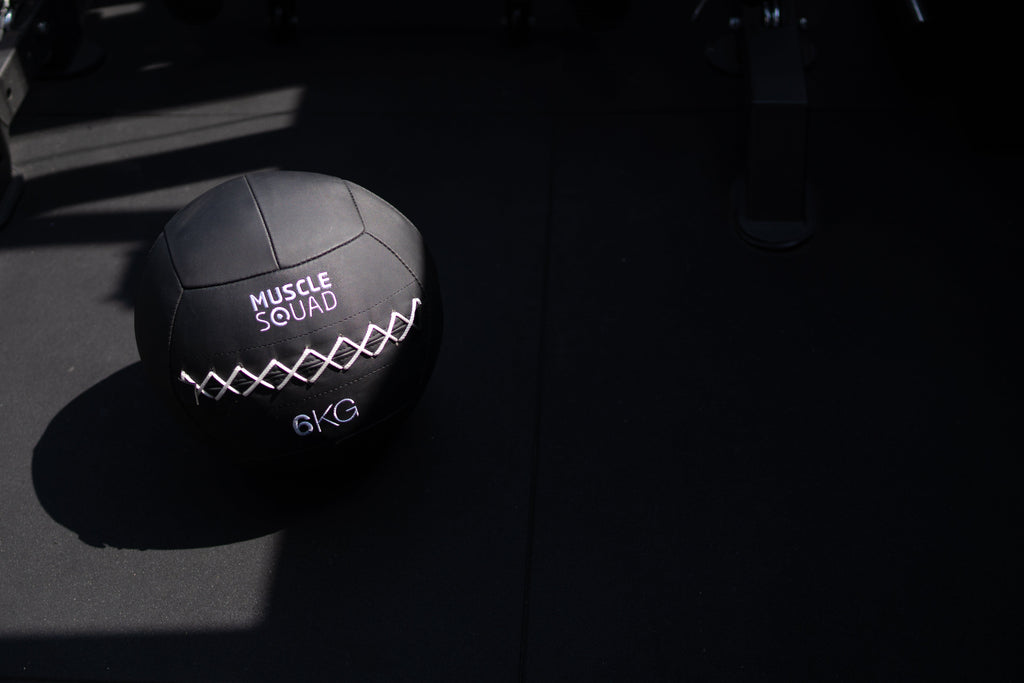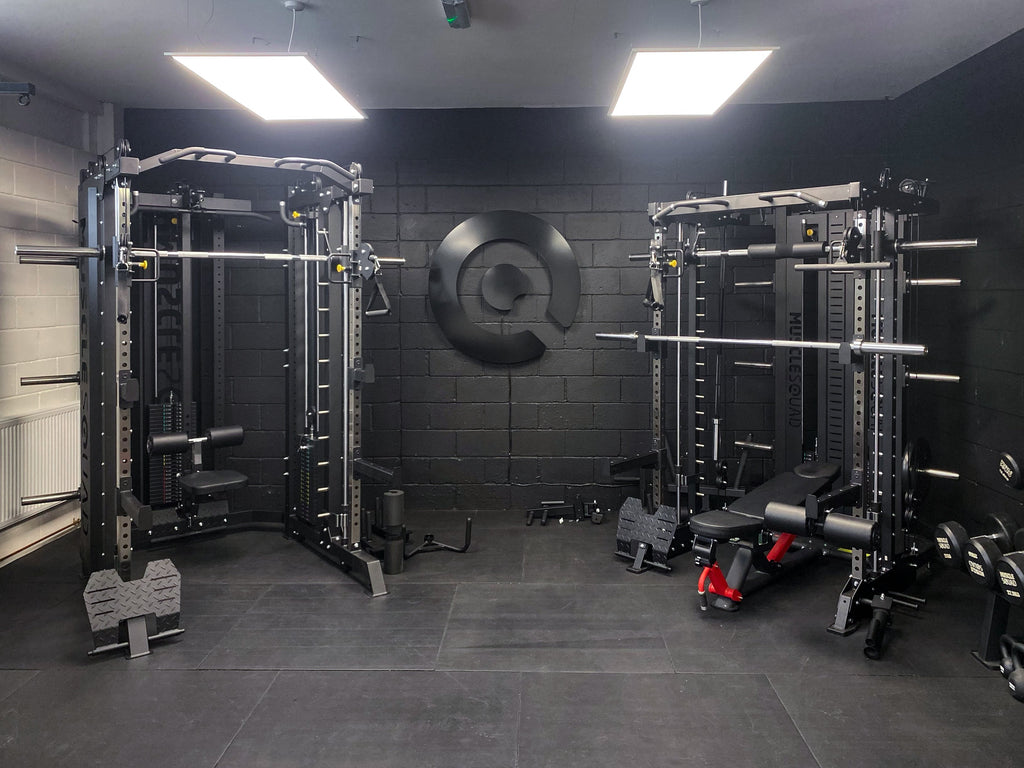The invention of weight plates revolutionized fitness training by opening the door to different resistance levels for each muscle group. Today, we've progressed from the simple weight plate to a number of different shapes and styles that all have their own benefits. So let's take a look through them and find which weight plate is right for you.
When purchasing weight plates for your gym, there are several things you should consider:
Type of plate: Decide which type of plate is best for your needs, considering factors such as the type of exercises you will be doing, the amount of space you have available and your budget.
Weight: Consider the range of weights you will need for your workouts and choose a set of plates that includes a variety of sizes to allow for progression in your training.
Price: Determine your budget for the weight plates and find a set within that price range. Keep in mind that high-quality weight plates may be more expensive upfront, but they will be a better investment overall due to their durability and performance.
Space: Measure your space to ensure you have the room for your weight plate set. Consider the size and shape of the plates, as well as how they will be stored (on a rack, in a corner or somewhere else).
Different types of weight plates:
There's two primary categories of weight plate: 1-inch and 2-inch (Olympic) plates.
If you're looking for the type of weight plate you'll find in a commercial gym, then you want to opt for 2-inch plates along with a suitable barbell. 1-inch plates, on the other hand, are more of an entry-level solution that are great for those of you starting out with fitness training from home.
Both plate types are usually made of metal or rubber and can be used with a barbell or dumbbell. They also come in a variety of sizes and weights, ranging from 0.5 kg to 25 kg (in Europe).
Within these two primary categories sit a few variations...
Bumper plates (2-inch)
Bumper plates are made of rubber and are designed specifically for use with Olympic barbells. They are typically thicker than standard plates and have a higher rebound, which makes them ideal for use in powerlifting and Olympic weightlifting exercises. The total diameter of the plates is all the same, so when performing exercises like deadlifts you will always be lifting the barbell from the same distance of the floor.
Fractional plates (1-inch and 2-inch)
Fractional plates are lightweight plates that are used to add small increments of weight to a barbell or dumbbell. They come in weights as small as 0.25kg or 0.5kg and are used by lifters who are trying to progress gradually or who might be stuck on a certain weight.
Cast iron plates (1-inch and 2-inch)
These plates are made of solid cast iron and are usually finished with a black enamel coating. They are exceptionally durable and are often preferred by lifters who are looking for a more traditional look and feel. The phrase ‘pumping iron’ came about because most gyms in the 'golden era' of bodybuilding predominantly used cast iron plates.
What are the benefits of bumper plates?
Safety: Bumper plates are made of rubber, which makes them much safer to use than metal plates, especially when you are dropping the barbell from an overhead position. This is because the rubber absorbs the impact and helps to protect the floor and the barbell from damage.
Noise reduction: Bumper plates are also much quieter than metal plates, which makes them ideal for use in a home gym or in a shared space where noise levels are a concern.
Durability: Bumper plates are very durable and can withstand a lot of wear and tear. They are resistant to rust and do not damage easily, which makes them a long-lasting investment for your home gym.
Versatility: Bumper plates can be used for a wide variety of exercises, including Olympic lifts, powerlifting exercises and functional fitness. They are also ideal for use in group fitness classes or in a commercial gym setting where the weights need to be handled frequently.
Ease of use: Bumper plates are easy to grip and handle, and they have a higher rebound than metal plates, which makes them ideal for use in exercises like snatches and clean and jerks.
Tri-grip weight plates (2-inch)
One of our best-selling plate types are Tri-grip weight plates. You might even have these in your local gym; they're a popular choice and come with three grips around the plate which makes them easier to load and unload onto a barbell.
Another unique benefit is that the tri-grip handles allow the plates to be used in standalone exercises like shrugs, lateral raises and farmer's walks.
We hope this guide has been helpful in demystifying the world of weight plates. If you need any advice when trying to decide what type of plate is right for you and your gym, feel free to reach out to us on our live chat or via email: info@musclesquad.com.
Happy lifting!

 Jan 11, 2023 - Chris Billingham
Jan 11, 2023 - Chris Billingham








Leave a comment: